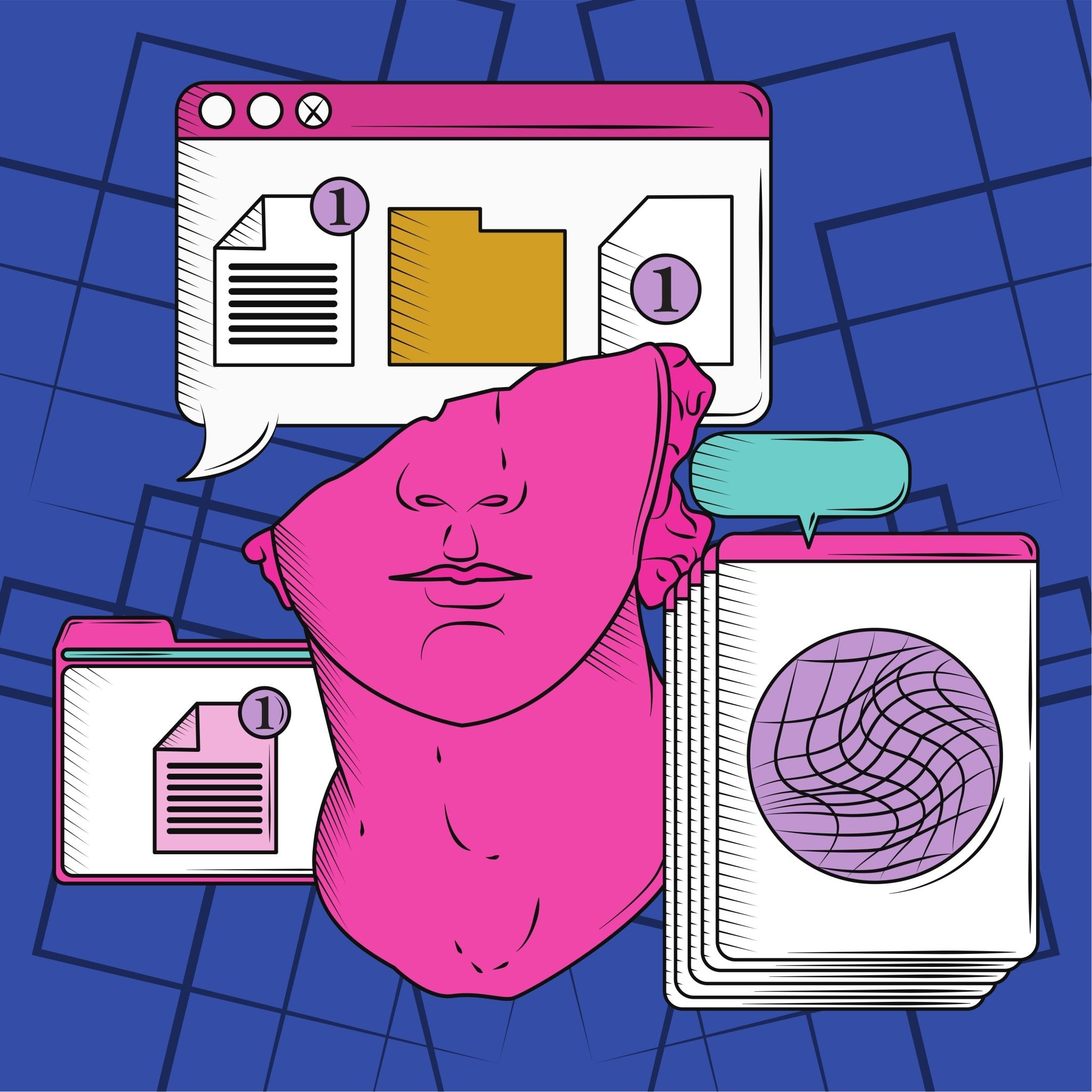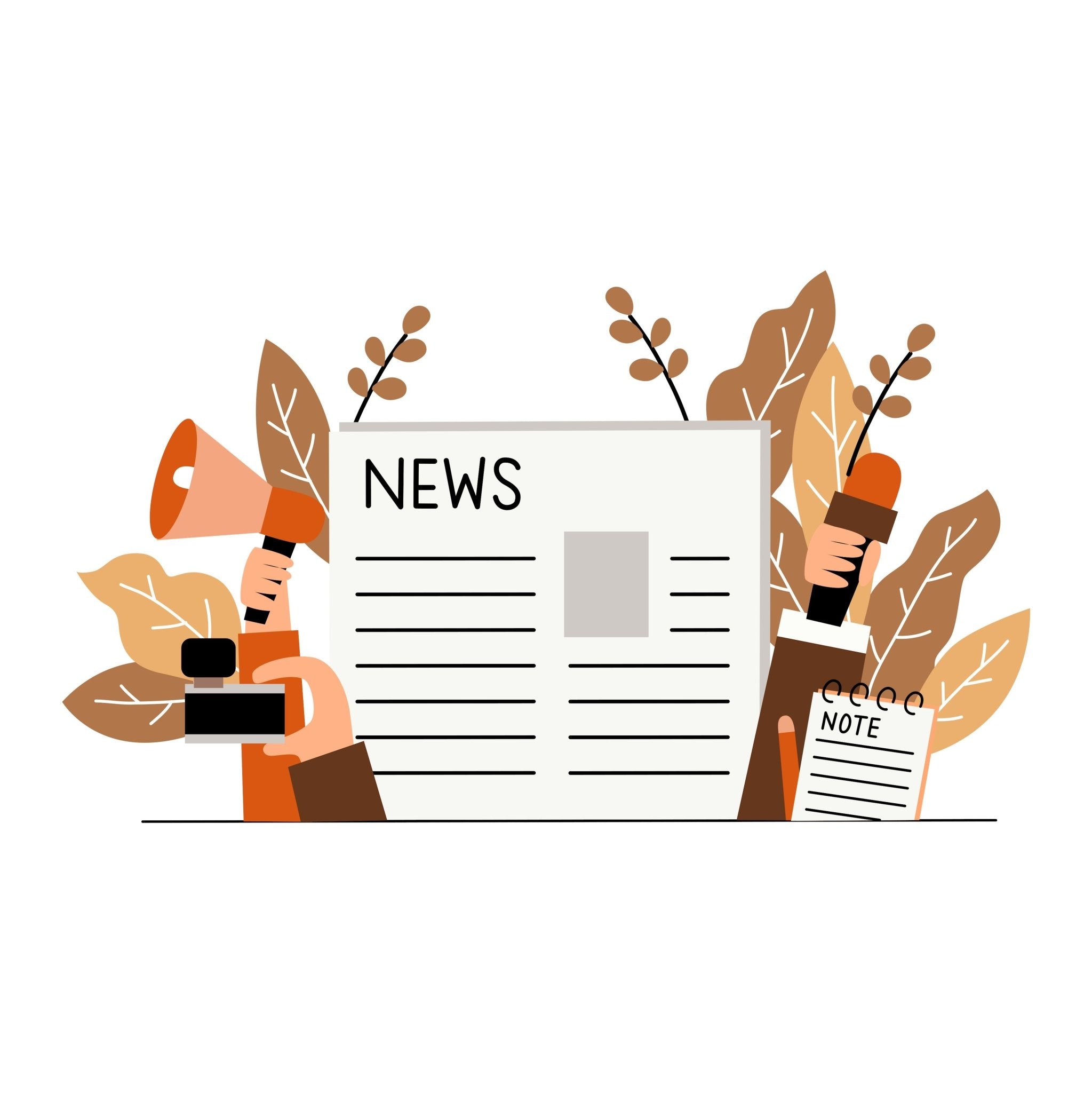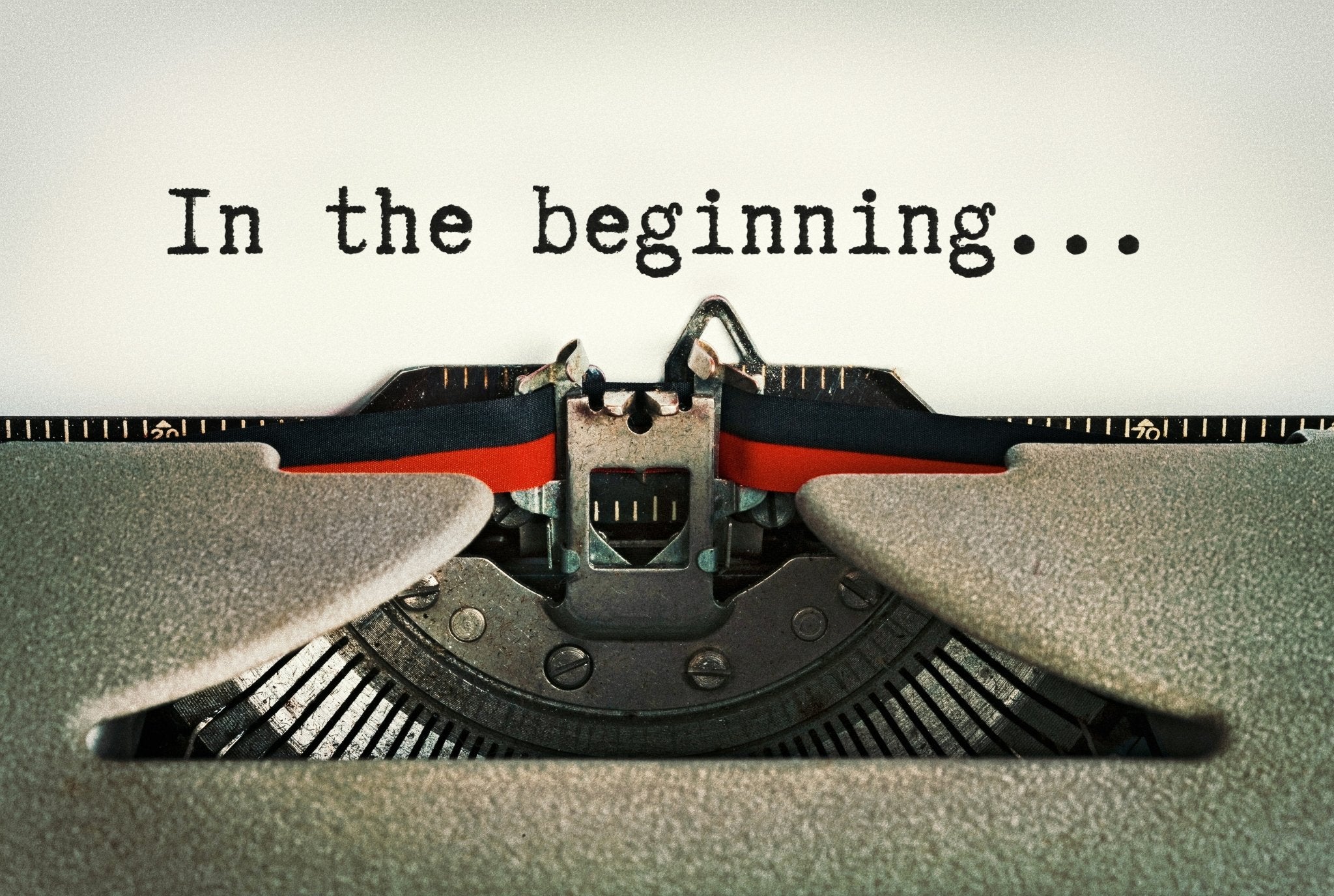
Mastering Color Psychology: Unlock the Secrets to Influential Design
Harnessing Color Psychology for Effective UX Design and Marketing
colors positively or negatively affect audiences
Color psychology plays a pivotal role in UX website design and marketing by influencing user perception, behavior, and emotions. Selecting the right color palette can guide visitors through a website, enhance the user experience, and subtly communicate brand values or product benefits. For example, blue can evoke trust and professionalism, ideal for financial services, while red might stimulate urgency, perfect for clearance sales. Understanding these nuances allows designers to craft sites and marketing materials that not only look appealing but also resonate on a psychological level, potentially increasing user engagement, retention, and conversion rates. By strategically applying color theory, brands can create a memorable and persuasive online presence that speaks directly to the subconscious of their audience.
Why Color Matters
- Guiding User Experience: Colors help direct attention to key areas of a website or social media post. For instance, using contrasting colors for call-to-action buttons can increase visibility and clicks.
- Eliciting Emotional Responses: Different colors can evoke different feelings. For example:
- Brand Identity: Colors are a fundamental part of brand identity. They tell a story about the brand without words. Consider how Coca-Cola uses red to convey energy and passion, while Tiffany & Co. uses its iconic blue to signify luxury and exclusivity.
Strategic Application in Website Design
- Consistency Across Platforms: Ensure that the color scheme used on your website is consistent with social media profiles for a unified brand experience. This consistency aids in brand recognition and strengthens brand recall.
- Conversion Optimization: Colors can influence conversion rates. For instance, changing the color of a 'Buy Now' button from green to orange might lead to more conversions because orange can appear more urgent or attention-grabbing.
- Cultural Considerations: Remember that color perceptions can vary by culture. While red might signify love or danger in one culture, it could mean prosperity or luck in another. Tailoring color choices to your target demographic's cultural background can enhance global appeal.
Color in Social Media Marketing
- Engagement: Posts with colors that align with the emotional tone of the message tend to perform better. A vibrant, colorful post might garner more likes during festive seasons, while a subdued palette might be more effective for serious or reflective content.
- Trend Awareness: Staying updated with color trends can make your content feel current and relevant. Platforms like Instagram or Pinterest can be great resources to observe what colors are popping in your industry.
- Ad Performance: Colors in advertisements can significantly affect click-through rates. A/B testing different color schemes in ads can provide insights into what works best for your audience.
Implementation Tips
- Color Harmony: Use tools like color wheels or online color palette generators to ensure your colors complement each other and don't clash, creating a harmonious visual experience.
- Accessibility: Consider color contrast for readability, especially for text on backgrounds. This not only improves user experience but also makes your site more accessible to users with visual impairments.
- Psychological Testing: Before finalizing a color scheme, test it with your target audience. Surveys or focus groups can provide feedback on how different colors are perceived in relation to your brand.
By strategically applying color theory, brands can create a memorable and persuasive online presence that speaks directly to the subconscious of their audience. This approach can lead to increased user engagement, retention, and ultimately, higher conversion rates. In the digital landscape, where first impressions are often visual, mastering the art of color psychology is not just an advantage; it's a necessity.
REQUEST A PROPOSAL
BECOME OUR NEXT CLIENT
We're passionate about empowering small businesses to share their vision with the world and compete with industry giants. Our versatile expertise in website design, seo and marketing is tailored to propel and elevate your business to unprecedented success. If any obstacles are hindering your growth, we're eager to listen.
A Selection of Popular UX Website Design Colors
- Gold implies luxury, success, achievement, and wealth. It's regal and can suggest high quality or premium services. Often used for branding elements to suggest exclusivity or premium offerings.
- Amber conveys warmth, comfort, and a touch of mystery. It's less intense than gold but still suggests richness. Good for creating a cozy, inviting atmosphere, especially in wellness or hospitality sites.
- Mustard suggests creativity, earthiness, and a vintage or retro feel. It's less vibrant than yellow but still cheerful. Can add a unique, eclectic vibe to design, often used in creative or artisanal product sites.
- Yellow embodies optimism, cheerfulness, and is attention-grabbing. Associated with sunlight, it can stimulate mental activity. Effective for calls to action or highlighting important information. It can energize a site.
- Beige represents neutrality, calmness, and simplicity. It doesn't overpower and can serve as a background color. Ideal for minimalist designs or when you want other colors to stand out.
- Champagne signifies elegance, celebration, and sophistication. It's less bold than gold but still luxurious. Perfect for wedding or high-end fashion websites to convey a sense of celebration or luxury.
- Taupe conveys modern, understated elegance with a natural, grounding feel. Works well for backgrounds or in combination with other colors to keep the design balanced and professional.
- Black means power, sophistication, mystery, and sometimes formality. It's also associated with sleek, modern design. Good for high-contrast text, backgrounds, or to create a chic, minimalist look.
- Ebony is similar to black but often perceived as slightly warmer, with connotations of luxury woods. Can be used for a luxurious, rich aesthetic, often in fashion or furniture websites.
- Gray represents timelessness, neutrality, balance, and is often used to convey professionalism or technological sophistication. Versatile for backgrounds, text, or accents, providing a calm, sophisticated canvas.
- Bronze conveys tradition, durability, and a mix of warmth and strength. It's less flashy than gold but still conveys value. Effective for branding elements that need to convey durability or heritage.
- Brown evokes nature, reliability, and comfort. It's grounding and can evoke organic, earthy feelings. Great for sites related to nature, food, or anything aiming for an organic, trustworthy feel.
- Cognac suggests sophistication, warmth, and a mature, refined appeal. Suitable for luxury or vintage-themed sites, often in fashion or spirits industries.
- Burnt Sienna implies warmth, earthiness, and a rustic charm. It suggests autumn and natural environments. Can evoke a sense of comfort or nostalgia, good for home decor or artisan websites.
- Salmon conveys freshness, playfulness, and a gentle warmth. It's soothing yet cheerful. Often used in wellness or lifestyle sites to promote a sense of health and vibrancy.
- Coral signifies energy, vitality, and a youthful, modern vibe. It's more vibrant than salmon but still playful. Great for summer campaigns or sites targeting a younger demographic.
- Orange embodies enthusiasm, creativity, and friendliness. It's attention-grabbing and associated with fun. Effective for CTAs or when you want to evoke excitement or urgency.
- Maroon suggests richness, elegance, and a mature, sophisticated warmth. Can add depth and luxury to a site, often used in educational or professional services.
- Burgundy has a similar meaning to maroon but with a deeper, more intense feel, suggesting luxury and comfort. Ideal for conveying a sense of exclusivity or for creating a powerful, dramatic effect.
- Red means passion, urgency, love, or warning. It's highly visible and can stimulate quick reactions. Used for sales, alerts, or to draw attention to critical action items.
- Purple signifies royalty, luxury, wisdom, and sometimes mystery or spirituality. Great for creative or luxury brands, or in sites focusing on introspection or innovation.
- Indigo conveys depth, intuition, and a serene, calming quality. It's less bold than purple. Can be used to create a thoughtful, introspective atmosphere, good for wellness or tech sites.
- Pink implies romance, playfulness, femininity, and warmth. It's soothing and can be seen as nurturing. Popular in beauty, fashion, or lifestyle sites, especially those targeting women.
- Violet suggests magic, creativity, or fantasy, similar to purple but with different connotations. Good for sites that want to evoke imagination or in creative industries like art or design.
- Lavender represents tranquility, calmness, and a gentle approach to luxury or spirituality. Ideal for sites promoting relaxation, beauty, or health products.
- Periwinkle signifies serenity, creativity, and youthfulness. It's playful yet calming. Suited for children's sites or projects needing a light, creative touch.
- Lilac evokes romanticism, nostalgia, and a touch of whimsy. Can evoke a dreamy or vintage feel, good for wedding or floral sites.
- Mauve conveys sophistication, calmness, and a mature, understated elegance. Works well for professional or luxury sites aiming for a subtle, elegant palette.
- Fuchsia represents boldness, energy, and an unapologetic flair. It's vibrant and attention-seeking. Effective for fashion or entertainment sites where you want to make a strong visual impact.
- Magenta embodies creativity, innovation, and a youthful, almost rebellious spirit. Can be used in tech or creative industries to signal cutting-edge or bold products.
- Cobalt conveys confidence, stability, and a vibrant, professional vibe. Good for corporate sites or where you need to convey trust and competence.
- Royal Blue signifies authority, confidence, and a regal, traditional feel. Often used in banking or institutional sites to convey reliability and stability.
- Blue means trust, peace, and professionalism. It's calming and can be used for various purposes. Versatile; used in tech, health, and finance for its calming and trustworthy qualities.
- Green embodies growth, health, tranquility, and environmental consciousness. Ideal for nature, health, or sustainability-focused sites.
- Chartreuse suggests freshness, innovation, and a touch of daring. It's bright and lively. Good for sites wanting to appear modern or in the food and beverage industry.
- Seafoam Green implies calmness, healing, and a soothing, natural feel. Perfect for wellness, spa, or marine-related websites.
- Teal conveys depth, sophistication, and a blend of calm and creativity. Can be used to convey luxury in a modern way, suitable for tech or design firms.
- Turquoise signifies clarity, refreshment, and a vacation-like, serene vibe. Often used in travel, wellness, or creative sites to promote relaxation or inspiration.
Each of these colors can be strategically used in website design to not only make the site visually appealing but also to influence visitor behavior, mood, and perception of the brand or product.




